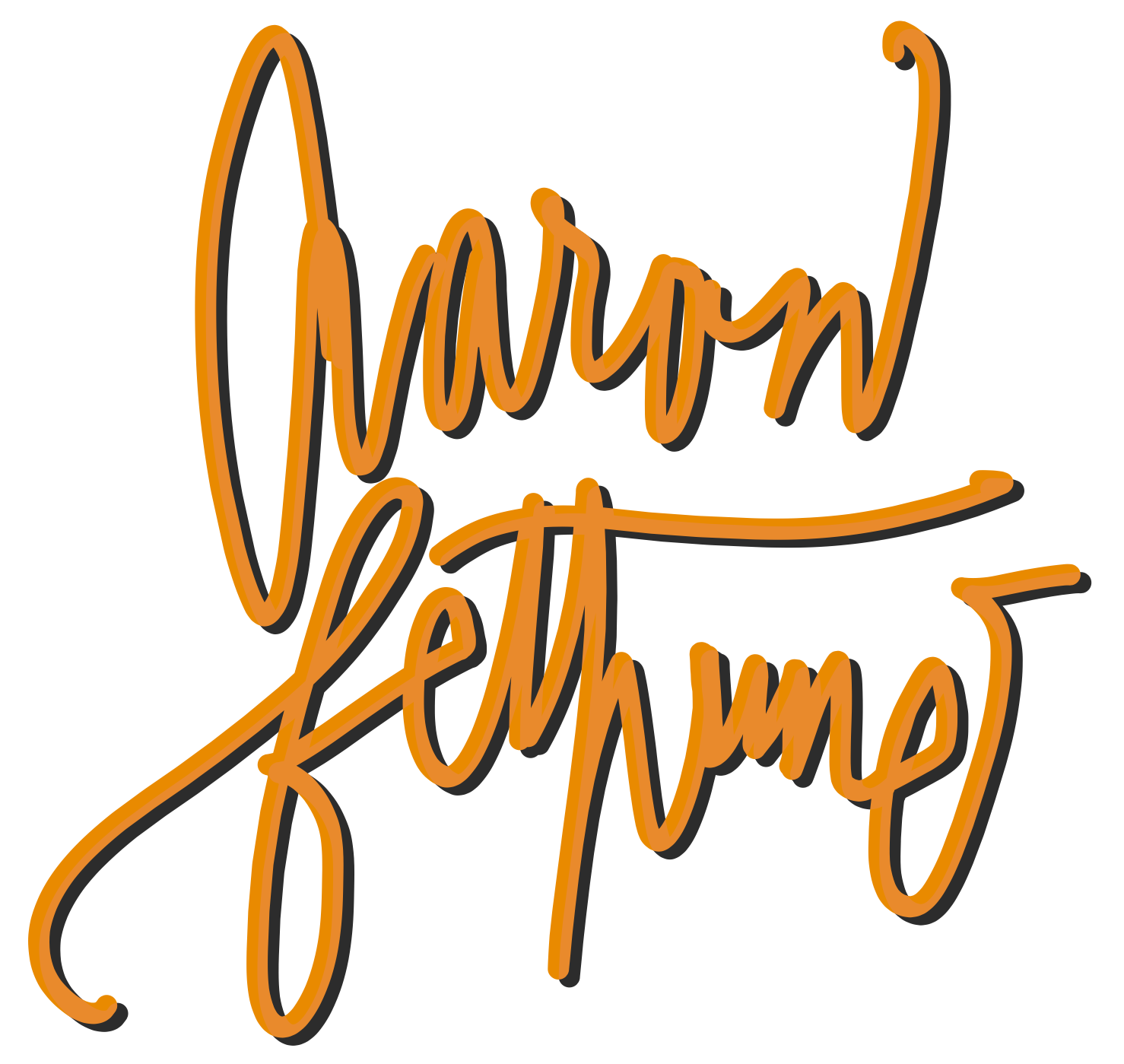Do the work that matters.
Last year, I was on Cape Breton Island, helping a monk friend clear trees that had fallen during Hurricane Fiona. I was up on a spruce tree, crisscrossed over other fallen trunks, when my friend told me he’d head back to the monastery to make lunch. I said I’d join him in 10 or 15 minutes—I wanted to finish what I’d started.
Shortly after he left, I slipped. I fell from the tree, which was about waist-high off the ground. On the way down, my leg got caught, and at first, I didn’t fully realize what had happened. But then a burning sensation kicked in. When I reached back to feel the pain, I found a spruce branch, the size of a drumstick, embedded deep in my leg, right in the crease between my thigh and crotch. Without thinking, I did exactly what you’re not supposed to do—I pulled it out. I felt it come loose, and suddenly I was in survival mode. Lying there, trying to assess how badly I was bleeding under my work overalls, my mind raced. Had it hit my femoral artery? I knew I needed help.
So I started a slow limp up to the monastery, uncertain of what would happen. By the time I found the monk, I was beginning to feel shock setting in. And I had this surreal thought: “Really? This is how it ends?” It was strange—almost like death had caught me off guard, slipping in quietly despite all the plans I’d made for my life.
The drive to the emergency room took close to an hour over the highlands. When we arrived, the nurses checked my wound and decided I didn’t even need a single stitch; the puncture was already closing up. They sent me back to the silent retreat with a handful of painkillers. In the end, it felt like the experience itself left the deepest impact.
Afterward, it was as though a hole had been punched in my perception of reality. I used to think of my life as a patchwork quilt of warm, familiar experiences that wrapped around me with a sense of safety. But this incident left a tear in that comfort. Life isn’t a cozy blanket; it’s a series of shifting events we navigate, one moment to the next.
And that’s why I’m sharing this story. We spend so much of our time “clearing the decks”—ticking off tasks, working through our to-do lists—that we often miss the work that truly matters, the work that leaves a legacy. We only have so much time, and the reality is, we won’t do everything we’d like to. Learning to accept this is part of life’s anxiety.
There are more experiences, opportunities, and possibilities than we’ll ever be able to pursue. And we need to find peace with that!
So, what do we choose to spend our time on? The work that makes us feel most alive, that brings us to a state of flow, that leaves an impact? Because the truth is, we don’t know how long we have. In the end, it’s those moments, that work, and those choices that truly matter.
A while back, I wrote a book called Reality and the Positive Power of Perspective, and in it, I included what I call my Magic List. I’m sharing it here in case it resonates with you.
ACTION: These are the steps for creating a Magic List:
#1. Create a list of all the projects and goals you are working on and those you would like to work on.
#2. Assign a number from 1 to 10 next to each project according to where it sits in order of interest and priority. Consideration for a priority should include: Does it make you happy? Does it bring you joy? Does it feel meaningful? Is it on your dream list? Does it make you money? Items that are not assigned a number of at least 7 need to be removed immediately. Remove any item from the list if it does not bring you at least one of the following: happiness, joy, meaning or money.
#3. Assign an amount of time each project will take to complete. You only have a finite amount of time, so be realistic about how long things will take to accomplish. Write a timeline with milestones. Remove all projects taking time away from completing on schedule the ones that matter.
#4. Create a list of the things you feel are your greatest talents and attributes, the areas where you bring the most value. Compare this list to the projects left after doing steps 1 to 3, and if any of the projects don’t allow you to apply your greatest attributes and bring your true value, remove them immediately.
#5. Write a list of what gets you in the zone, what puts you in your flow, what helps produce your best work. What circumstances provide the right environment? Think of examples of when you have felt in the zone; these could be incredible music performances, inspired art sessions, well-delivered speeches, clear decision making, extreme focus, high-level sports performances, a sense of happiness, contentment with the experience of the moment, a feeling of effortlessness, and so on. Compare this list with the projects left after steps 1 to 4. If there is a project on your list unlikely to provide you the opportunity to be in your zone, remove it immediately.
